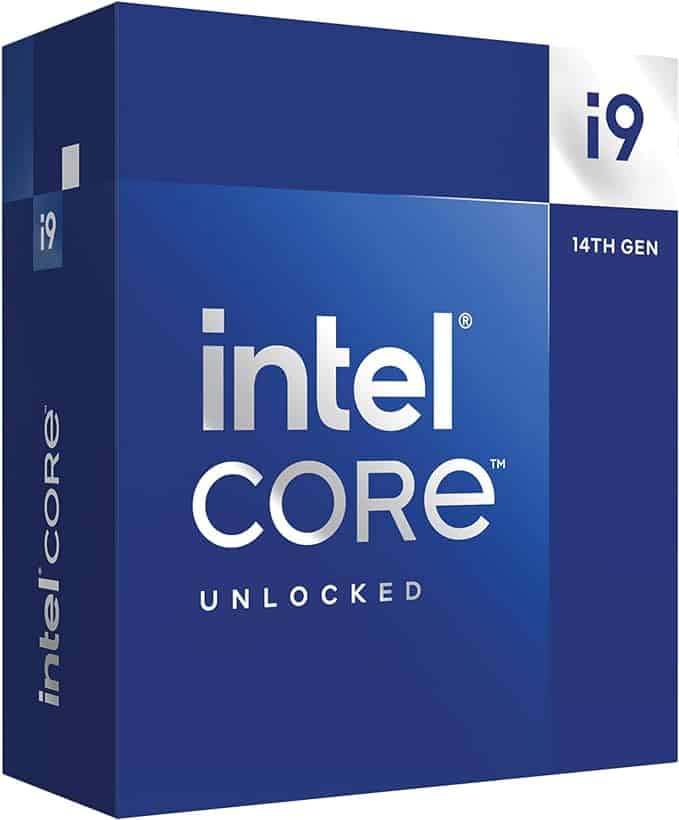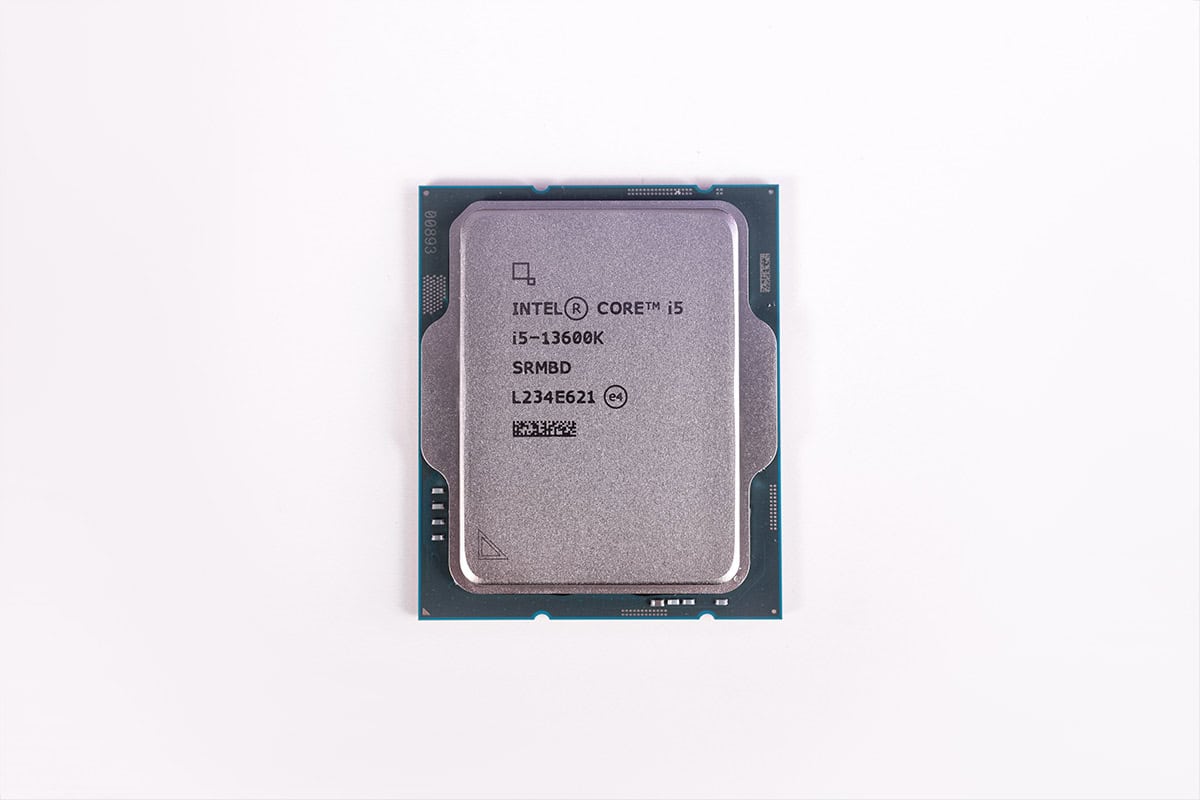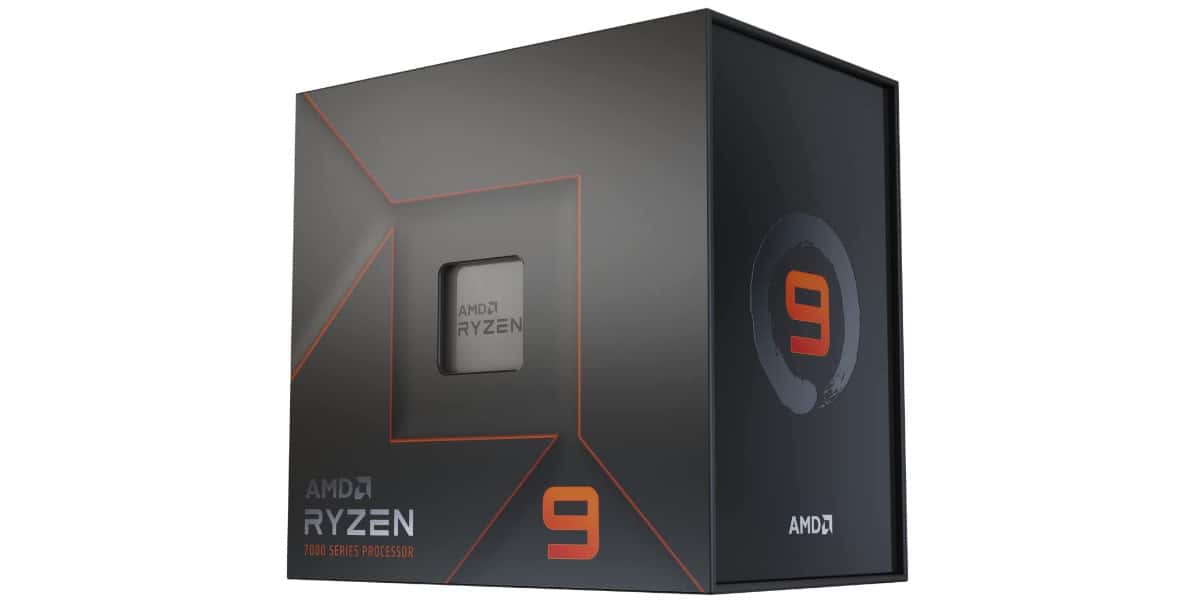Ryzen 9 5900XT Vs Ryzen 9 5900X – Is new really better than old?

Table of Contents
AMD was all set to drop its latest Zen 5 processors but had to delay the launch due to quality issues in the initial production units. However, the AM4 processors that were set to release alongside the Ryzen 9000 series didn’t meet the same fate and were released on time. So, the Ryzen 9 5900XT is ripe for picking and available for $349.
We’re glad to see AMD support the AM4 platform, as they said they would in an interview with us. This should make those still on the AM4 platform happy and give them another option to upgrade to from the lower end of the Ryzen 5000 series processors.
We’re going to explore the differences between these similar processors, although there may be more at play here than you first thought. There aren’t many generational differences to discuss because these two CPUs belong to the same generation, but we feel some conditions need to be met to make the 5900XT viable. Will the extra cores be enough?
If AMD announcing the release date of the 9000 series has got you in a pre-ordering mood, you can check out our where to buy page on the 5900XT. Here we’ve listed all the retailers we expect to be accepting pre-orders, so keep an eye out if you want to secure yourself a 5900XT on day one.
AMD Ryzen 9 5900XT

Cores
16
Threads
32
Boost clock speed
4.8 GHz
Base clock speed
3.3 GHz
L3 Cache
64 MB
TDP
105W
Platform
AMD Socket AM4
Shop on Amazon
CHECK PRICEAMD Ryzen 9 5900X

Cores
12
Threads
24
Boost clock speed
4.8 GHz
Base clock speed
3.7 GHz
L3 Cache
63 MB
TDP
105 W
Platform
AMD Socket AM4
Shop on Amazon
CHECK PRICESpecifications
There are many critical differences between the Ryzen 9 5900XT and the 5900X; first and foremost is the increased cores and threads. Everything else is pretty much the same on the surface.
| Specification | Ryzen 9 5900XT | Ryzen 9 5900X |
|---|---|---|
| Cores | 16 | 12 |
| Threads | 32 | 24 |
| Base Clock | 3.3GHz | 3.7GHz |
| Boost Clock | up to 4.8GHz | up to 4.8GHz |
| L3 Cache | 64MB (shared) | 64MB (shared) |
| TDP | 105W | 105W |
| PPT | 142W | 142W |
| Socket | AM4 | AM4 |
| Core architecture | Zen 3 | Zen 3 |
As you can see, both CPUs belong to the same generation, so there aren’t any intergenerational advantages to take advantage of here. It’s a classic showdown of specification vs. specification.

Cores and threads
The Ryzen 9 5900XT has 4 extra cores and 8 extra threads than the 5900X, which will propel it ahead in terms of multi-core workloads. The core generation is the same, both of the CPUs are built on the Zen 3 architecture, meaning the IPC should be the same, providing AMD hasn’t made any undocumented changes to the architecture, which we doubt. So we’re hoping for a pretty fair battle in terms of single-core workloads since the core boost speed is around the same too.
Core speed
The boost core speeds on each CPU are the same, but the base speeds are slightly different. This will likely be so the 5900XT (with the lower base speed) can retain the same TDP as the 5900X. Because of this, it’s likely that the 5900X will get an initial lead performance-wise in single-core workloads, thanks to the cores that are already spun up to a higher speed.

In multi-core workloads, it’ll matter much less with the 4 extra cores kicking in to pick up the slack. It really is a fine balancing act between power and power draw.
cache
The cache on each CPU is the same, each has 64MB of L3 cache, which is presumably the same speed as the base 5900X. (We are operating under the assumption that AMD hasn’t changed anything about the architecture or the CPU structure at all).
The cache is a memory that is built onto the CPU, it’s where the CPU stores all of its pending and completed instructions. The reason for this is calling to the main system memory every time the CPU needs something is way too slow, and would create a massive bottleneck with modern hardware.
TDP and PPT
The TDP and PPT are presumably the same on both processors if the specs we have are to be trusted. AMD has to make the CPUs competitive from a power consumption perspective because Intel’s CPUs consume so much power themselves. Each of the CPUs here today could be turned up to 11 to extract every drop of performance out of them, but they would become so much more inefficient.
TDP is the maximum amount of thermal energy your CPU can produce under normal operating temps, the PPT is the maximum board power the motherboard will allow the CPU to consume. Both of these metrics are the same for each CPU, however, it does mean the 5900XT is technically more efficient by default. Because it is running more cores with the same power.
5900XT price at launch
The Ryzen 9 5900XT was launched with a price tag of $349, which we believe is a bit much for a processor operating with a two-generation old architecture. For reference, according to camelcamelcamel, you can get your hands on a new Ryzen 9 5900X for $262.56. While the 5900XT does have more cores and threads, it isn’t much to warrant a $86.44 price increase. We might have a 5800X situation at hand and we all know how that turned out.
How do these CPUs compare to the Ryzen 9000 series?
The Ryzen 9000 series is built on the Zen 5 core architecture for 2 reasons, power, and efficiency. The IPC uplift that Zen 5 brings over Zen 4 is around 16%, and the further uplift that Zen 4 brought over Zen 3 was 14%. So it’s a pretty exponential increase in Instructions Per Clock that we are getting here.
What this means, is that the transistors inside the 9000 series CPUs are much smaller than those inside the 5000 series so more of them can be fit into the same footprint. This gives the 9000 series much more computational power every CPU cycle that happens. We explain IPC much more thoroughly in our 9950X vs 7950X article if you want to learn more.
Alternatives to the 5900XT and the 5900X
-
Intel Core i9-14900K
- Cores: 24 (8P-16E)
- Threads: 32
- Boost clock speed : P-Core 5.8GHz / E-Core 4.4GHz
- Base clock speed: P-Core 3.2GHz / E-Core 2.4GHz
- L3 Cache: 36 MB
- TDP: 253W
-
Intel Core i5-13600K
- Cores: 14 (6P-8E)
- Threads: 20
- Boost speed : P-Core 5.1GHz / E-Core 3.5GHz
- Base speed: P-Core 3.5GHz / E-Core 2.6GHz
- L3 Cache: 24MB
- TDP: 181W
-
AMD Ryzen 7 5800X3D
- Cores: 8
- Threads: 16
- Boost speed : Up to 4.5 GHz
- Base speed: 3.4 GHz
- L3 Cache: 96 MB
- TDP: 105W
-
AMD Ryzen 9 7900X
- Cores: 12
- Threads : 24
- Boost clock speed: 5.6 GHz
- Base clock speed: 4.7 GHz
- L3 Cache: 64 MB
- TDP: 170 W
If you’re going for the best of the best on one platform, you might want to treat yourself to an upgrade of the highest caliber, that’s why we are presenting you with the Core i9-14900K. If you fancy a little more gamer-focused, and still on the AM4 platform, we present you the 5800X3D, which beats the 7800X in pure gaming performance, by the way.
Which CPU is best for you?
The Ryzen 9 5900XT is more powerful than the 5900X, that’s for sure. The extra 4 cores offer too much to pass up, and despite the extra cores, it manages to maintain the same TDP, even if that is at the cost of a little base core speed. If you need a CPU that can bash through more intensive multi-core workloads, then this CPU might be the best bet, especially if you need a CPU on the AM4 platform. IF the price is right, and that’s a big if.
The Ryzen 9 5900X might be the better choice here if the price is too steep for the 5900XT, but with that being said, you could probably go for a 5950X too. The 5900X is still an incredibly capable 12-core CPU, and it can be utilized to great potential in any system that still requires the CPU to be powerful. It’s one of AM4’s best value processors and it only gets better with age. I’m not sure we can recommend fully investing in AM4, with it already being superseded, but it should be in support for another year or so yet.
I asked fellow PC Guide expert Sebastian Kozlowski what he thought on the matter, here’s what he had to say:
As AMD is pushing the life span of the AM4 platform further and further, we get more Zen 3 CPUs added to the product line up alongside more AM5 options. But there is also the 5900XT coming out in front of the 5900X. It is the more powerful of the two as it brings with it four more cores, making it a stronger choice for intensive tasks like encoding and rendering.
The turbo clock is also staying the same, and without any generational improvements it sits with the same power design and you won’t be saving much energy using the newer one. So if you’re already running a 5900X it doesn’t make sense to upgrade as at that point you’re going to want to be moving onto the newer AM5 choice instead.
Sebastian Kozlowski
The Ryzen 5900XT is one of AMD’s two latest Zen 3 processors, along with the Ryzen 9000 series. It is certainly nice to see AMD supporting the AM4 socket eight years after its release, giving its consumer base another option to upgrade.
However, the question is: Should you upgrade to the 5900XT or go for the AM5 processors? The 5900XT comes with bolstered specifications, making it more powerful than the 5900X on paper. So, if you've got a 5900X or even a 5800X, it wouldn't make sense to go for a 5900XT as the upgrade path is severely limited. If you're running a processor like the 5600X, then you'd see a significant boost in performance by opting for the 5900XT or even the 5900X.
On the other hand, it’s better to just go for the Zen 4 or Zen 5 processors rather than make the jump from 5900X to 5900XT.
Ussamah Mehmood








